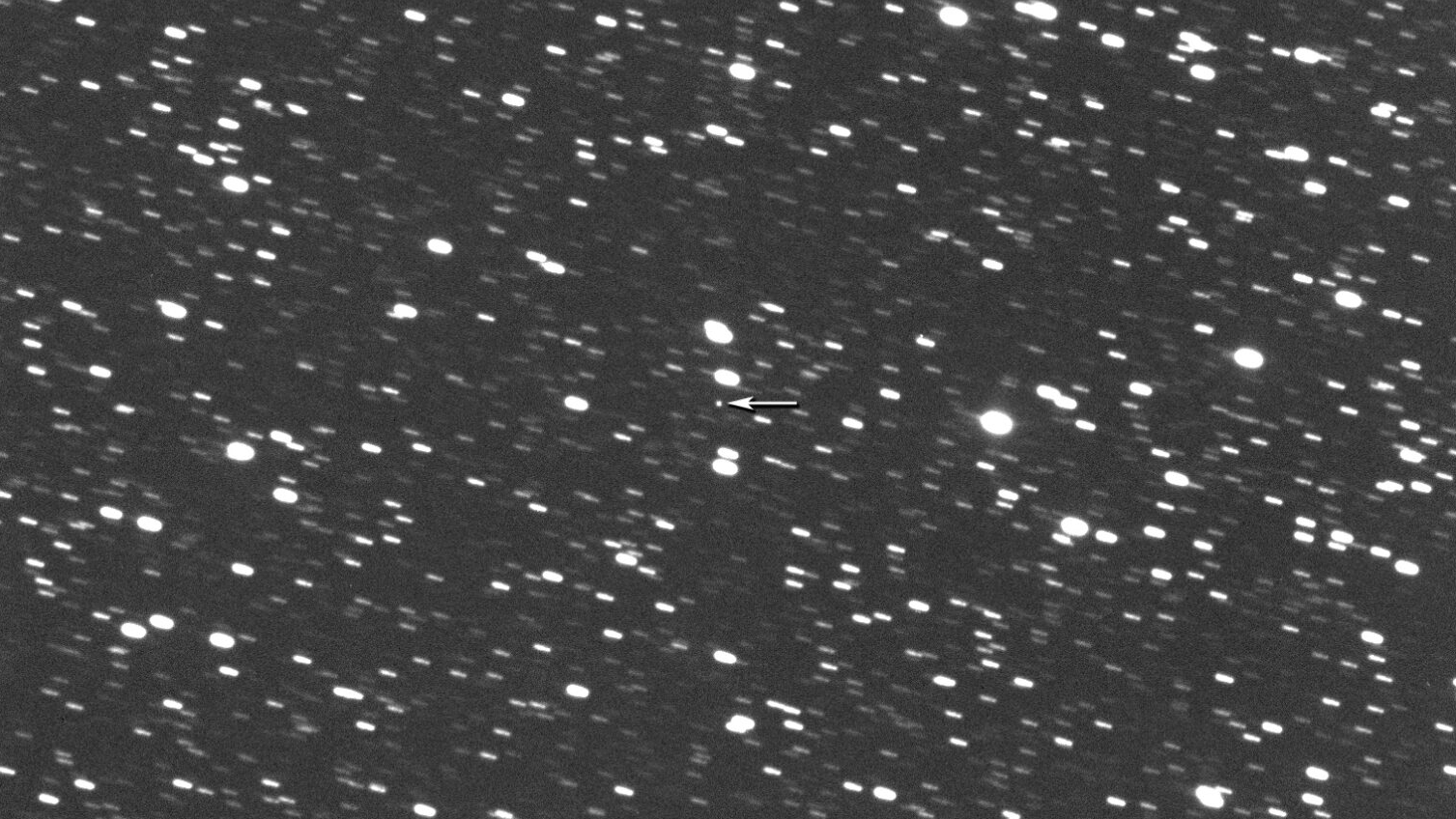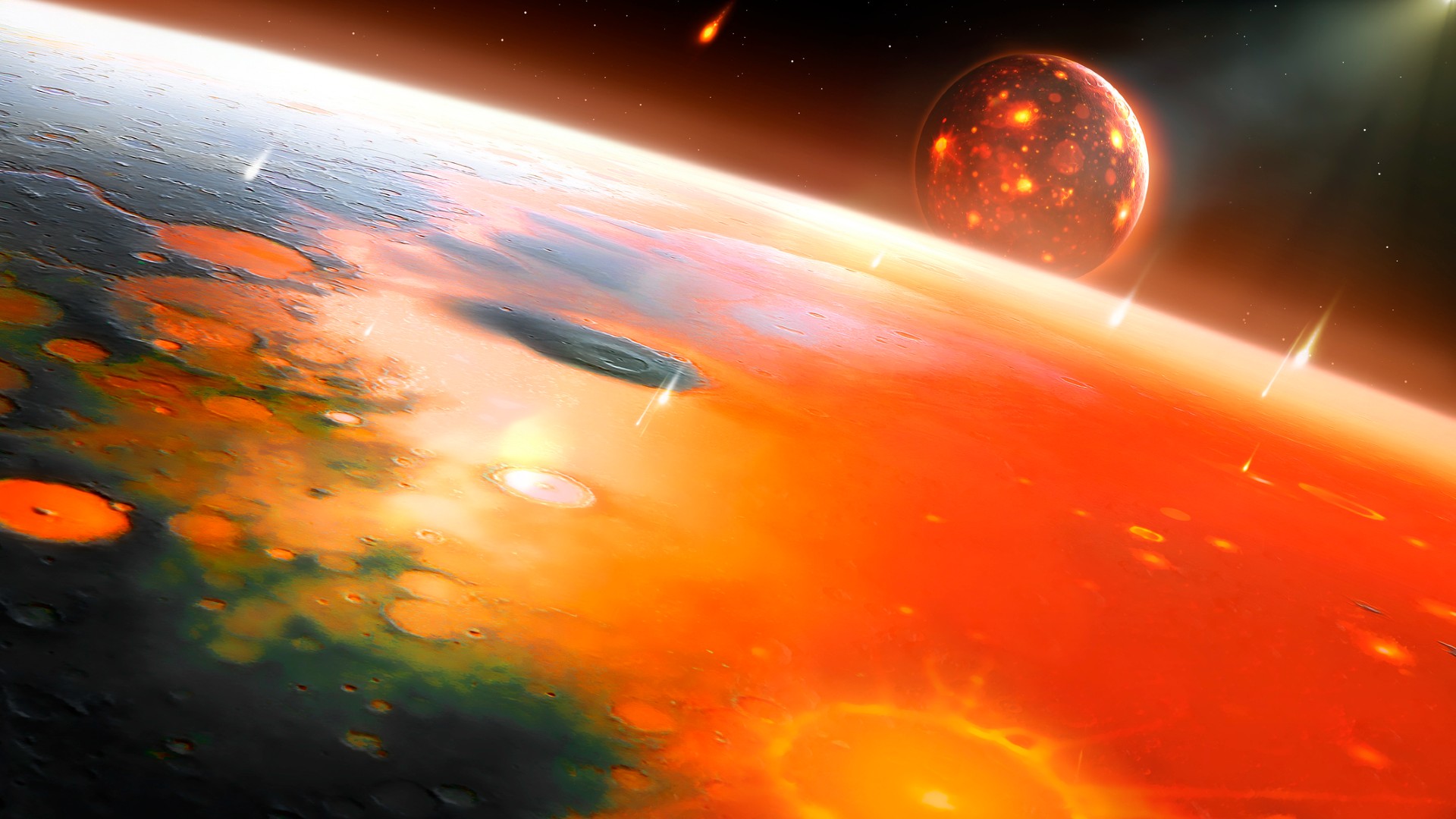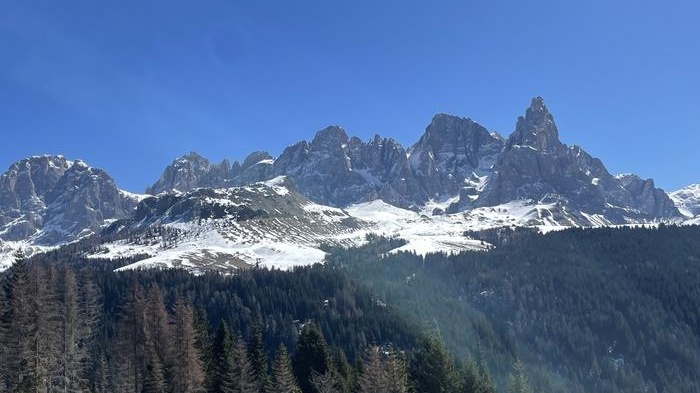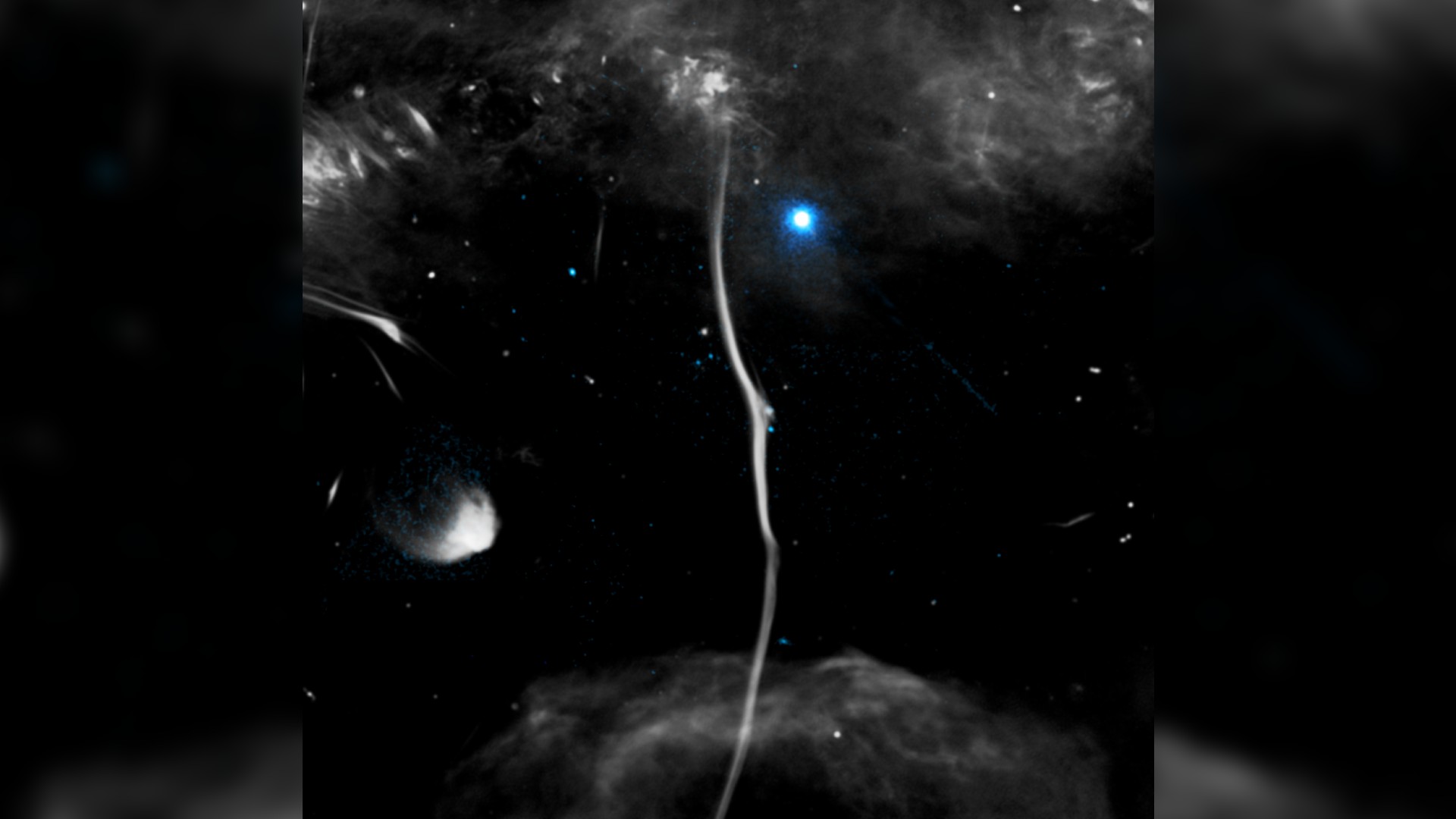Astronauts Make First Cement in Space to Support Future Martian Habitats
Cement developed in space differently than on Earth.
Concrete made in space could one day help humans build habitats on the moon and Mars , new research shows.
As part of a recent investigation aboard the International Space Station, astronauts made cement in microgravity for the first time, showing that it can harden and develop in space.
Concrete — a mixture of sand, rocks, gravel and a combination of water and cement powder that binds it all together — is a strong and reliable building material here on Earth. But it also could be durable enough to protect future astronauts from cosmic radiation and some of the dangers that come with off-Earth living, researchers said in a new study.
Related: The Winner of NASA's 3D-Printed Mars Habitat Challenge
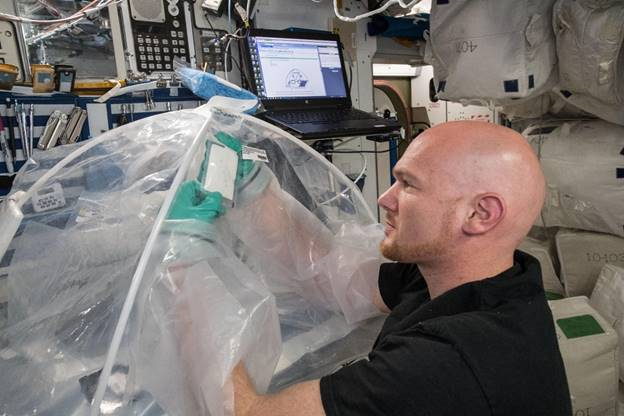
"On missions to the Moon and Mars, humans and equipment will need to be protected from extreme temperatures and radiation, and the only way to do that is by building infrastructures on these extraterrestrial environments," study principal investigator Aleksandra Radlinska, an assistant professor of civil engineering at Penn State, said in a statement from NASA. "One idea is building with a concrete-like material in space. Concrete is very sturdy and provides better protection than many materials."
In addition, concrete (or concrete-like mixtures) could potentially be made using local materials, like moon dust. So, if and when humans establish lunar and Martian colonies, these colonists would be able to use local materials instead of having them sent from Earth, which would be a difficult, time-consuming and costly process.
For the study, called the Microgravity Investigation of Cement Solidification project, astronauts on the space station mixed water with tricalcium silicate, the main mineral ingredient in some of the most commonly used commercial cements. This mixture had never been created in microgravity.
Get the Space.com Newsletter
Breaking space news, the latest updates on rocket launches, skywatching events and more!

It might seem like a simple building material, but cement is actually fairly structurally complex. When cement powder dissolves in water, crystals begin to form and fit together, changing the material's molecular structure. This investigation aimed to demonstrate and further explore how cement forms in microgravity and if any unique microstructures might form. The project also allowed for the first-ever comparison between cement samples created on Earth and cement samples created in space.
When researchers on Earth compared the cement samples made on Earth with the cement samples made in space, they found that the cement created on the space station had very different microstructures than the cement made on Earth, according to the statement. One of the main differences was that the cement made in space was much more porous than the Earth-made cement.
"Increased porosity has direct bearing on the strength of the material, but we have yet to measure the strength of the space-formed material," Radlinska said. "Even though concrete has been used for so long on Earth, we still don't necessarily understand all the aspects of the hydration process. Now we know there are some differences between Earth- and space-based systems, and we can examine those differences to see which ones are beneficial and which ones are detrimental to using this material in space."
However, the team thinks the way the experiments were conducted may have influenced the results of the study. For example, cement on Earth is not typically processed in sealed, plastic pouches like it is aboard the controlled environment on the space station.
"The samples were in sealed pouches, so another question is whether they would have additional complexities in an open space environment," Radlinska said.
Although the space-made cement came out looking a little different from the Earth-made cement, it still developed and hardened.
"We confirmed the hypothesis that this can be done," Radlinska said. "Now we can take [the] next steps to find binders that are specific for space and for variable levels of gravity, from zero g to Mars g and in between."
The research was published April 24 in the journal Frontiers in Materials.
- 3D Printing: 10 Ways It Could Transform Space Travel
- NASA Announces $100,000 Winners of Virtual 3D-Printed Mars Habitats
- The First Mars Colony Could Be 3D Printed from Red Planet Dust
Follow Chelsea Gohd on Twitter @chelsea_gohd. Follow us on Twitter @Spacedotcom and on Facebook.
Join our Space Forums to keep talking space on the latest missions, night sky and more! And if you have a news tip, correction or comment, let us know at: community@space.com.

Chelsea “Foxanne” Gohd joined Space.com in 2018 and is now a Senior Writer, writing about everything from climate change to planetary science and human spaceflight in both articles and on-camera in videos. With a degree in Public Health and biological sciences, Chelsea has written and worked for institutions including the American Museum of Natural History, Scientific American, Discover Magazine Blog, Astronomy Magazine and Live Science. When not writing, editing or filming something space-y, Chelsea "Foxanne" Gohd is writing music and performing as Foxanne, even launching a song to space in 2021 with Inspiration4. You can follow her on Twitter @chelsea_gohd and @foxannemusic.

